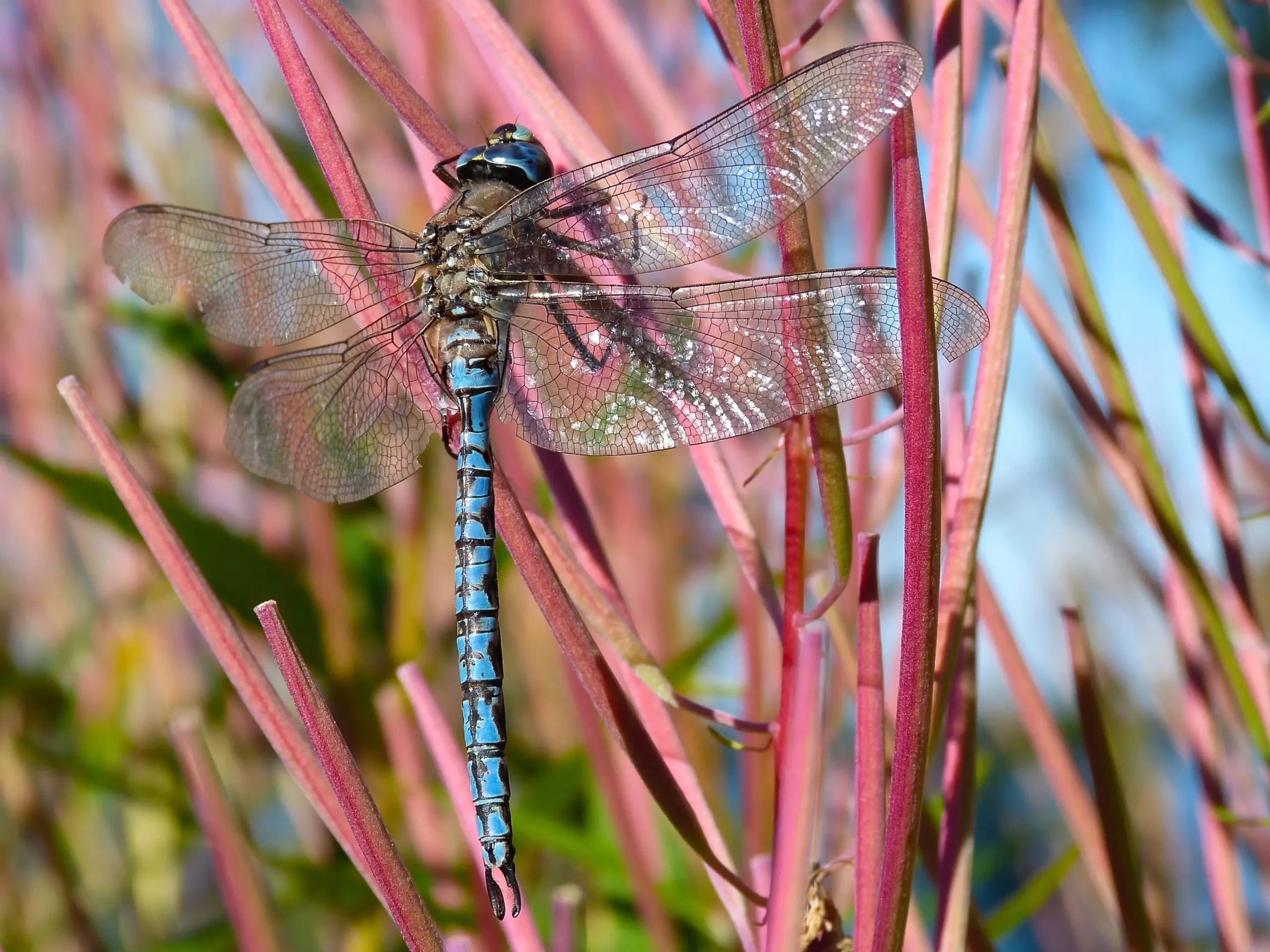A groundbreaking study has recently surfaced, revealing that dragonflies—often overlooked insects—hold critical insights into the patterns of mercury pollution across varying ecosystems. Conducted in collaboration with organizations such as the U.S. Geological Survey and the National Park Service, this research not only sheds light on where mercury is deposited but also highlights the role of different environmental conditions in influencing its movement and accumulation. The work emphasizes that in drier regions, mercury finds its way into the environment mainly through rain and snow, while in wetter, forested zones, gaseous mercury attaches itself to leaves, eventually decaying into the soil.
This unique perspective compels us to reconsider how we approach the monitoring and understanding of mercury pollution. It encourages a necessary discourse on environmental awareness and challenges longstanding assumptions regarding the susceptibility of various ecosystems to mercury contamination.
The Role of Citizen Science in Groundbreaking Discoveries
In a world where scientific research often seems distant from everyday lives, the Dragonfly Mercury Project has revived a sense of engagement through citizen science. This initiative enlisted volunteers from over 150 National Parks to collect dragonfly larvae, transforming a leisurely outdoor pastime into a pivotal contribution to scientific knowledge. Participants’ involvement not only democratizes science but also bridges the gap between researchers and the community, creating a collective effort to tackle environmental issues.
The innovative study revolved around the analysis of collected larvae samples. This involvement of citizen scientists adds a layer of credibility to the findings, showcasing that substantial contributions can arise from grassroots movements. By utilizing state-of-the-art equipment capable of detecting different mercury types, scientists were able to trace the sources of mercury pollution with a level of precision that is akin to fingerprint analysis. This profound advancement serves as a testament to the value of public engagement in research initiatives, highlighting how ordinary people can play an extraordinary role in scientific discovery.
Understanding Mercury’s Pathways Through Ecosystems
Previously, studies primarily concentrated on measuring mercury levels in common species like fish and birds. However, the new findings suggest that dragonfly larvae might be the most effective bioindicators of mercury contamination. Their widespread presence in nearly every aquatic habitat—even those where fish are scarce—positions them as accessible and reliable sentinels for mercury pollution. This new approach raises compelling questions about how various ecosystems interact with atmospheric mercury and how this knowledge could shape future environmental management strategies.
Richard Haeuber from the U.S. Environmental Protection Agency remarked on the study’s significance, stating that it enhances comprehension of how distinct ecosystems receive atmospheric mercury. Such insights equip resource management agencies with the tools to optimize their monitoring efforts, tailoring them to specific ecosystems’ needs. We are reminded that environmental understanding is not uniform; rather, it is a mosaic of local nuances and variations that deserve tailored attention and strategies.
Global Implications and Future Directions
The implications of this research extend far beyond national borders, resonating with global initiatives like the Minamata Convention, which strives to mitigate mercury’s adverse health and environmental impact. Insights gained from this study regarding ecosystem-specific mercury deposition patterns can inform global efforts and contribute significantly to the establishment of more effective regulatory frameworks. This collaboration between citizen scientists and researchers not only enhances local knowledge but also aids in shaping international policy.
Most remarkably, the discovery of elevated mercury levels in desert dragonflies contradicts previous assumptions that these arid environments posed minimal risk. This revelation underscores the necessity for further research in such regions, thereby enhancing our overall understanding of mercury cycling across diverse ecosystems.
The Power of Public Participation in Environmental Conservation
As Sarah Janssen, the lead author of the study, articulated, these findings revolutionize our grasp of mercury contamination in protected areas, especially in drier ecosystems. The methods applied in this study—combining cutting-edge technology with community involvement—present a blueprint for how environmental challenges can be addressed collaboratively. National parks, as vital habitats for biodiversity, can serve as platforms for significant research initiatives while simultaneously raising public awareness about mercury pollution.
The collaborative nature of this study accentuates the importance of community involvement in tackling environmental challenges. Citizen science not only drives significant conservation but also cultivates a deeper connection to nature among community members. It demonstrates that each individual’s contribution can have a ripple effect in creating informed and engaged communities invested in ecological health.
In essence, the fusion of specialized research with public engagement underscores the potential for significant advancements in environmental science. As we continue to explore the intricacies of mercury pollution, the remarkable role of dragonflies reminds us that even the smallest of creatures can provide profound insights that shape the future of our planet’s ecosystems.

